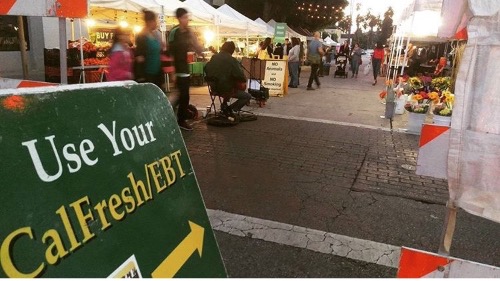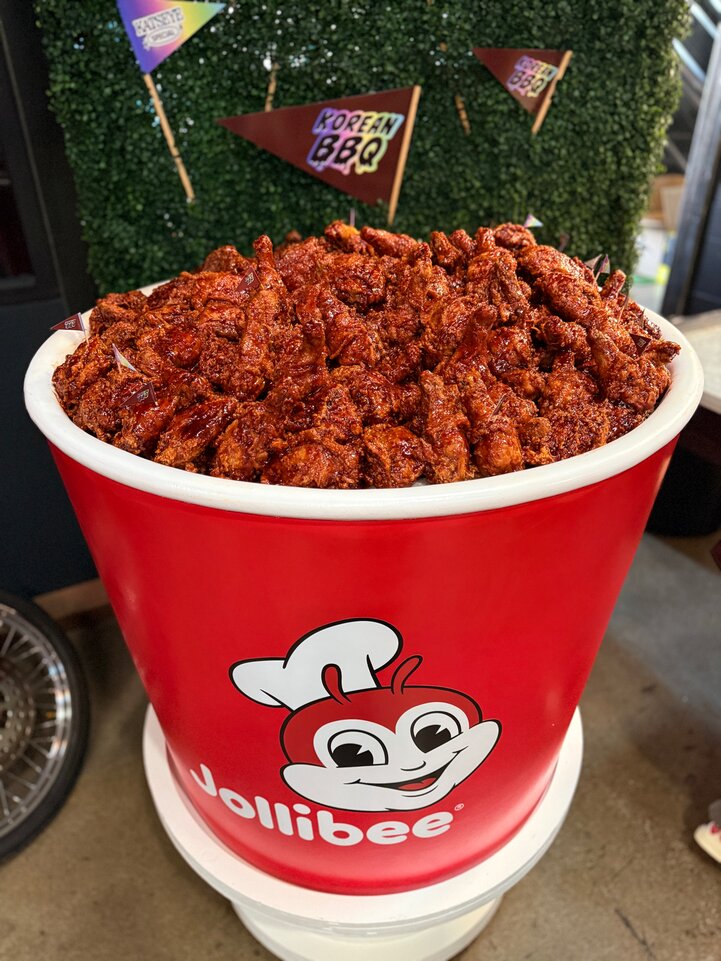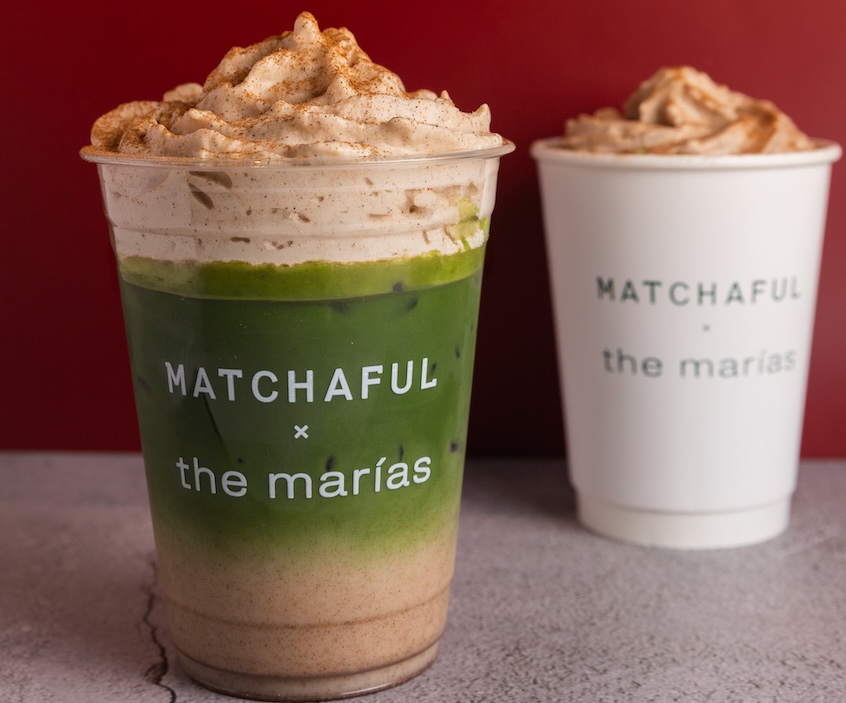Starving College Students Turn To Food Stamps, Food Pantries For Help

Most of us have memories of struggling as a broke college student. In my case, I remember going through weeks of school, surviving off boxes of cereal, Cup Noodles, and dollar pizzas. I never thought twice of the lack of nutrition I was getting, and simply put it aside as part of the poor college student experience.
Of course, during my freshman year, I had access to the dining hall because, as a residential student, I was required to purchase a meal plan. The cheapest meal plan was about $3,000 and offered 10-14 swipes a week into the main dining hall and some odd “points” that could be used like cash at convenience stores. Looking back on it, it was a complete rip-off.
To be fair, I used my meal plan often, but it was always a last resort for me, as it also was for my fellow schoolmates. We were basically served the same food everyday besides the special of the day, it was always overcrowded, and it wasn’t very accommodating to those with food allergies or specific diets. Simply put, there was an overabundance of fried, greasy foods and not enough fresh whole foods.
I had no idea then, but I now realize that I was experiencing food insecurity. And you or your someone you know probably experienced it yourself, too.
So how has decent food become such an actual luxury for students?
For a growing number of college students nationwide, food continues to be just that: a basic human need that has been put on the back burner due to college tuitions and fees, rent, and school supplies. According to the Washington Examiner, “college expenses have risen exponentially — so much so that Pell Grants, which used to cover about 75% of the cost of attendance at a public four-year college for lower-income students, now cover only about 30% of expenses.”
Unfortunately, as long as college tuitions continue to steadily rise, food insecurity amongst students will as well. The main concern is, however, that these food insecurity issues create a rippling effect for even more problems. According to that same article, a survey found that “64 percent of these food insecure students faced some form of housing insecurity and 15 percent reported experiencing some form of homelessness in the past 12 months. Faced with this reality, these students are forced to pick up extra shifts, even if it means missing class, and some are dropping out.”
With limited options and access to decent food, college students are now turning to food stamps or food pantries on campus for help.
According to the San Francisco Chronicle, a University of California survey of 9,000 students from all 10 campuses showed that 19% said that they had too little to eat due to limited resources, while around 23% ate substandard food with little variation and limited nutrition.
According to that same article, more than 500 UC Berkeley students have applied for food stamps since January, up from 111 in all of 2016, and just 41 the year before. The food stamps, also known as CalFresh, allow eligible students to obtain up to $192 worth of groceries a month.
The CalFresh website for UC Berkeley states that students must meet income requirements, be a U.S. citizen or a legal permanent resident, be enrolled as at least a half time student, and work a minimum of 80 hours a month to be eligible for food stamps.
For those who may not meet those requirements but still struggle with food insecurity, on-campus food pantries have also become a popular aid for struggling students.
For instance, in Rutgers University-Camden in New Jersey, there’s a food pantry that gives their students free donated food, no financial questions asked. Stocked with cereals, canned goods, and other staples like milk, eggs, and bread, students are welcome to take around five pounds of food at a time, according to NJ.com.
Although many of the students who visit the pantry are those who are from a low-income background, the pantry is open to everybody. This allows students who may feel food insecurity in-between paychecks or those who had to use all their earned money on a medical or personal emergency still have access to enough food until their next pay day.
UC Berkeley also has a food pantry to “provide emergency relief to help students continue on to successfully complete and obtain their degrees.” They’ve also experienced a huge spike in students taking advantage of these resources, recording 1,549 unique visitors for September only, according to the SF Chronicle.
Clearly, many schools nationwide are stepping up to help ease the snowballing of these student hunger problems. Although their efforts are commendable, many schools are just starting to create programs that are too premature to say for certain if they are sustainable. Perhaps a real solution to end food insecurity for students may not be to add more resources, but to take a long hard look at the schools’ integral budgeting system.






















